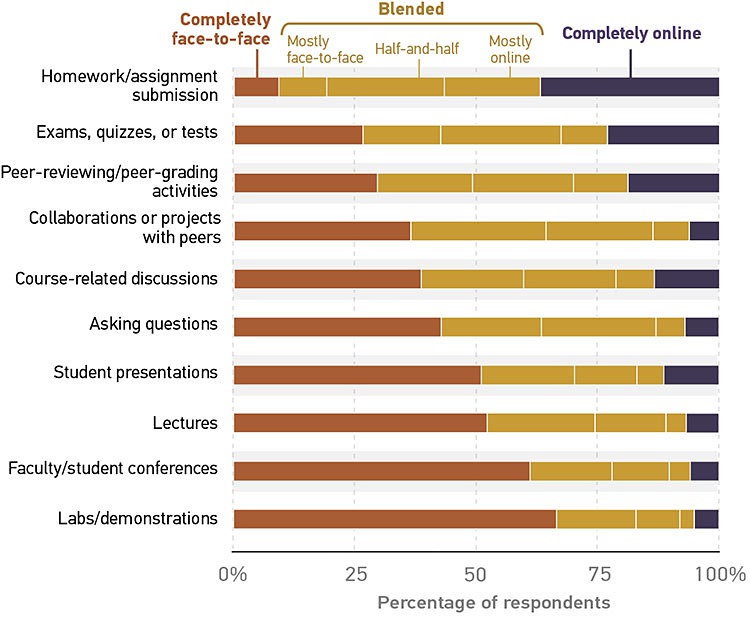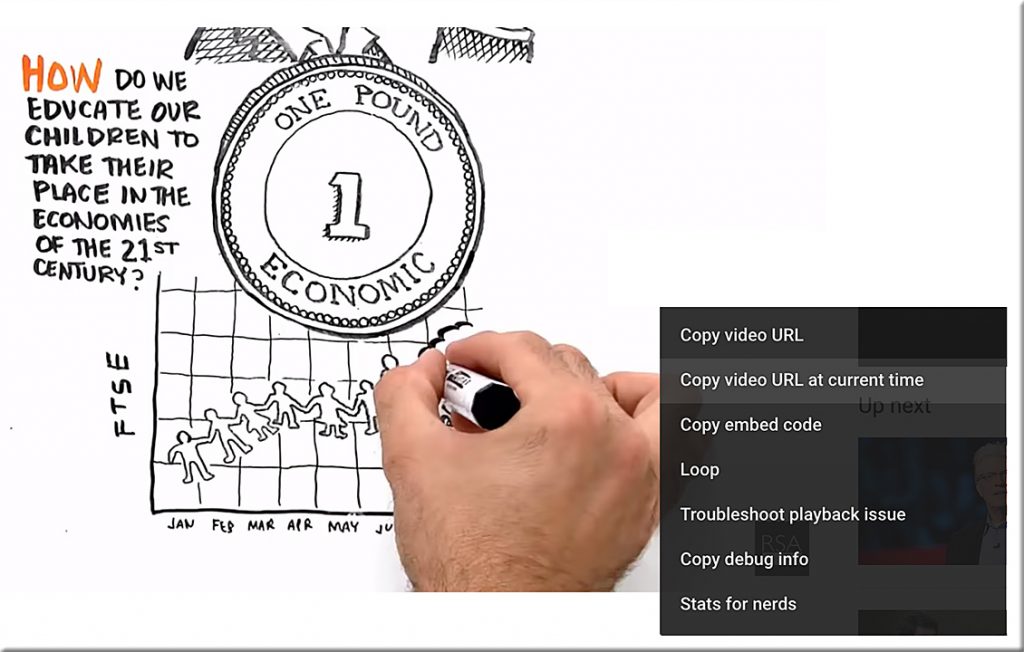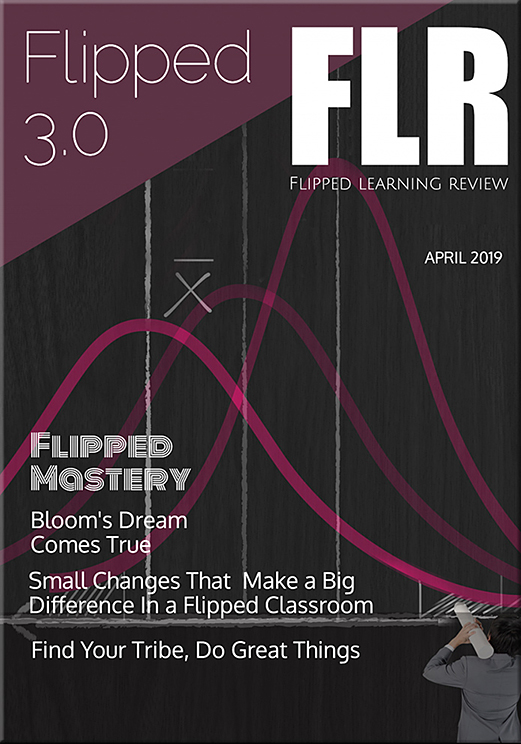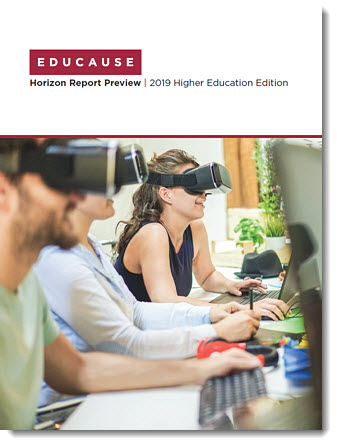A two-part series from Educause regarding inclusive design/accessibility — with thanks to Ray Schroeder for his posting on this out on LinkedIn.
- Part I: A Taxonomy of Inclusive Design: On Disclosure, Accessibility, and Inclusion — from er.educause.edu by Lorna Gonzalez and Kristi O’Neil
- Part II: Moving a Taxonomy of Inclusive Design from Theory to Practice
— from er.educause.edu by Lorna Gonzalez and Kristi O’Neil
An excerpt from Part II:
The previous two definitions have tried to articulate the idea that students carry intersecting invisible circumstances with them into the classroom. Whether or not students disclose their circumstances—or whether faculty members invite students to disclose them—does not determine their existence. From this perspective, inclusion means designing and teaching for variability. Faculty can practice inclusive pedagogy by following universal design principles and offering multiple options for representation, engagement, and expression:
Options are essential to learning, because no single way of presenting information, no single way of responding to information, and no single way of engaging students will work across the diversity of students that populate our classrooms. Alternatives reduce barriers to learning for students with disabilities while enhancing learning opportunities for everyone.4
In a Nutshell …
Inclusive pedagogy can be an act of intention—something that is initiated before and during the course design process—rather than being an act of revision or omission.
















